Homeowners should mow regularly to keep the lawn healthy and clean, but it doesn’t mean you have to mow at the same frequency all year round. Knowing when to mow is important, so is knowing when to stop mowing your lawn.
Generally speaking, you can take a rest in winter when the grass grows very slowly. But before that, you should give your lawn a final cut. So, how do you tell if it’s time for the last cut?
Why is the Last Cut of the Season So Important?
Cutting wet grass will harm the mower and the lawn, not to mention cutting grass covered by snow or ice. Giving your lawn the last cut before snow comes can prevent snow mold and other winter fungal diseases. Shorter grass is stiffer and more resistant to the heavy weight of snow and ice. Also, it is less appealing to pests that are seeking shelter during the winter months.
Think about it. Winter could be harsh and last long; you may not be able to mow your lawn for a while. Probably, the grass will be long and matted when spring comes, making mowing a lot more difficult. And worse, the turf may take longer to recover from winter dormancy. So, pay attention to the weather and prepare for the last cut for the season.
Key Indicators When to Stop Mowing Your Lawn
Next comes the question, when is the proper time to put away the lawn mower for the year? If the last cut is conducted too soon, then your lawn may not have the appropriate grass height to properly withstand the winter. If you missed the timing for the last cut, your lawn will be a mess without a doubt. Here are two main indicators to help you decide when to stop mowing your lawn.
Slow Growth Rate
The clearest indicator when to stop mowing your lawn for the year is when your grass’s growth slows significantly. Pay attention to the grass growth rate. If it takes longer than usual (perhaps over a week) to grow back after a cut, then it’s around the time for a final cut.
Most grasses, like lawngrass and ryegrass, grow fast during warmer months and may become dormant during cooler seasons. On the other hand, cool-season grasses thrive in spring and fall but grow slowly in the heat of summer. Different types of grass have varying growth habits, so you should pay attention to the growing habits of your lawn.
Weather Changes
When fall ends, temperatures begin to drop and leaves begin to fall from trees. If you notice that temperatures consistently stay at 50°F (10°C) or lower and the cold lingers, it’s time to prepare for a final cut for warm-season grasses.
Don’t wait for the first frost, as this is hard to predict. And by the time the first frost comes, it could be too late. Conversely, for cool-season grasses, pay attention to their growth rate when the warm season starts.
However, there are other conditions when the grass enters a dormant state. For example, extended periods of drought may cause the grass to grow slowly. Disease and pests could also stop your lawn from growing suddenly. In this case, don’t hurry to mow your lawn. Figure out the real reason why the grass stops growing actively when there’s no weather change.
All in all, you’d better consider every indicator before making your decision on when to stop mowing your lawn.
Tips for Mowing Your Lawn the Last Time for the Season
Should you do the last cut the same as your mowing routine? You may wonder. The last cut is all about mowing at the right time and mowing correctly to let the grass withstand the upcoming harsh weather. So, this last cut for the year could be a bit different.
Don’t Cut Too Short or Too Long
As mentioned above, don’t leave the grass too long in the cold months; otherwise your lawn might get diseased and become too long to mow easily in spring. Shorter grass can better withstand winter. That said, don’t cut it too short. If the grass is too short, the roots may suffer from cold damage and your lawn may have a hard time recovering. It’s better to leave grass at a medium-to-slightly-longer height in winter, around 2 to 3 inches.
Use the Right Lawn Mower
Using the right tools is important for any lawn mowing circle. If you have a small to medium-sized lawn with slopes and obstacles, consider using a robotic lawn mower, which can help make mowing much easier and time-saving.
For example, the Navimow i105 Robotic Lawn Mower can autonomously mow your lawn at the scheduled time. With AI-assisted mapping and VisionFence image obstacle avoidance capability, the robot mower can detect and avoid a variety of objects, including pets, toys, and everyday objects.

Additionally, it can climb slopes of up to 17° thanks to its large wheels and innovative front-wheel drive design.
When the weather gets cold, you may want to stay indoors as much as possible. And a robotic lawn mower can do the chore for you, while you’re sitting there monitoring it via the dedicated app on your phone.
Think About Your Aesthetic Goals
After the last cut, your lawn will stay pretty much the same look for a while. So, think about how you would like your lawn to appear in the cold months. If you want to edge the garden, like adding a flower bed or paving a walkway, you may need to start earlier, as edging your lawn could take more time and effort than lawn mowing.
If you are in the mood for creating a festival vibe, consider a cool lawn mowing pattern. And don’t forget to take snow or ice into consideration, which might cause a different effect on your lawn design.
Why You Don't Want to Mow in Cold Temperatures?
Grass tends to be stiff and brittle in cold temperatures. And cutting grass in winter will make it ripped and vulnerable to disease. And when grass is growing slowly in the cold, its ability to recover from those damages is hindered, making it more likely to develop yellow or brown patches.
Additionally, when the ground is frozen or cold and wet, the weight of a lawn mower can compact the soil, restricting the movement of air, water, and nutrients to the grass roots, which is not good for the grass’s health.
On the other hand, the grass tends to get wet in cold weather. Cutting wet grass will hurt the mower. And mowing on frozen or wet ground might cause slipping and injuring yourself with the mower.
Therefore, learn when to stop mowing your lawn for the season. Wait until the frost has completely melted and the temperature has consistently increased.
Related Reading: How to take care of your lawn in winter?
FAQ
Should you cut the grass in October?
It depends. If you monitor that the grass grows slowly significantly in October, and the temperatures drop and stay low at 50°F (10°C) or lower, you should prepare a final cut; otherwise, just cut according to your mowing routine.
How cold is too cold for a lawn mower?
Different lawn mower models have different working temperatures. You may refer to the manual of your model or consult the customer support. Generally speaking, no matter which mower model you use, you should never mow your lawn when temperatures are below freezing point, as mowing wet or frozen ground will damage the mower and the grass.
When should you mow your lawn after winter?
Wait until the frost completely thaws and the weather becomes warm with consistent warm temperatures. At this time, the grass will show signs of active growth and the soil will turn firm again, not waterlogged. Don’t mow your lawn when it’s wet or the ground is wet.
What happens if the grass gets too long?
If grass gets too long, it creates an unkempt look, leads to thin and drying patches, promotes fungal growth due to poor airflow and moisture retention, and can harbor pests and rodents. It also encourages weeds to sprout and grow taller. If you leave it to grow arbitrarily, your lawn will eventually become a fire hazard in dry conditions.
Conclusion
In conclusion, mowing your lawn one last time can leave your lawn in the best condition possible for the winter and help promote healthy growth in the spring. By learning the indicators and following the mowing tips above, hopefully, you’re now clear on when to stop mowing your lawn and how to mow one last time for the season. Happy mowing!
More Blog
Bermuda Grass vs. St. Augustine Grass
Planning a new lawn? Thinking about which grass to plant? You might already be weighing up Bermuda and St. Augustine, two of the most common warm-season grasses grown across the southern states. Well, Bermuda and St. Augustine grasses are both...
Best Grass for Shade: Top Varieties for Cool and Warm Climates
For lawns that suffer from the shade of large trees, tall fences, and building shadows, the choice of grasses becomes a bit limited. You can’t go with every grass type because most of them would die due to a lack...
Why is My Grass Turning Yellow? Common Reasons and How to Fix
No one likes to see a yellow lawn patch in their lawn. But it comes uninvited and compels the lawn owner to think about why it happened. Your grass could turn yellow if it is suffering from nutrient deficiency, overwatering,...
When is the Best Time to Plant Grass Seed?
Every lawn owner is eager to get rid of those bald patches and make the lawn lush and green from every corner. But you can’t just grab grass seeds and plant them whenever you want. Beginners often don’t know the...
Summer Lawn Care Tips: Smarter Lawn Care for a Better Season
Summer's finally here. A time when the days are long, the sun is high, and the sweet smell of freshly cut grass hangs languidly in the air. For many of us, a lush, green lawn is the centerpiece of summer,...
Month-by-Month Lawn Care Calendar for the US
Lawns are sensitive, so you have to do everything at the right time, whether mowing, applying fertilizer, or watering. Otherwise, you will end up ruining your lawn while trying to make it healthier. Beginner gardeners and new lawn owners often...
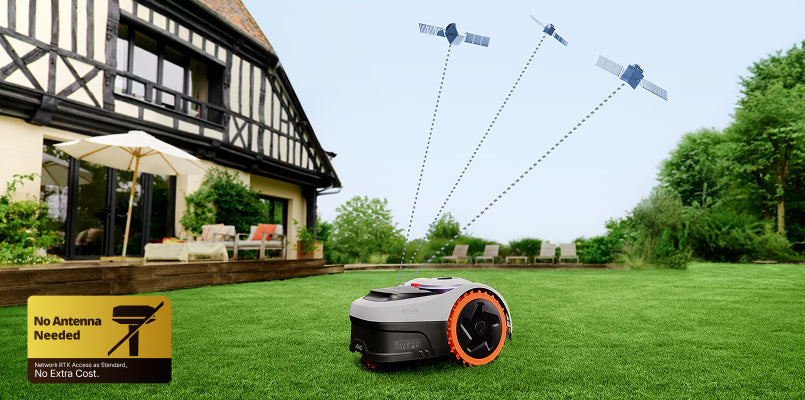

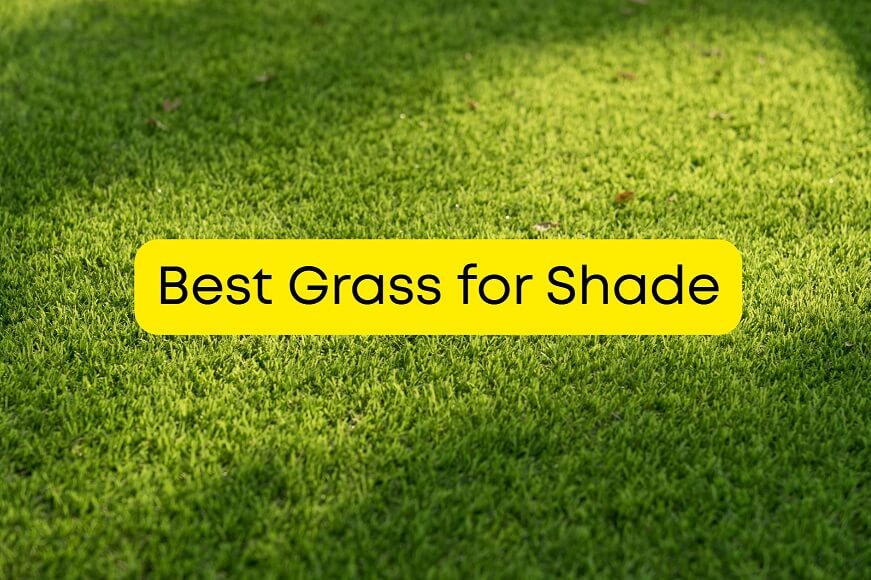
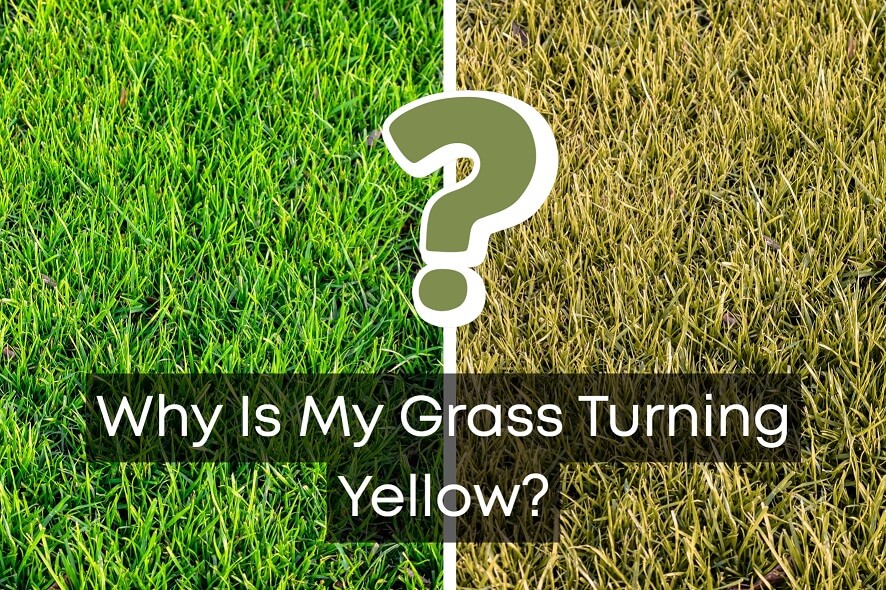

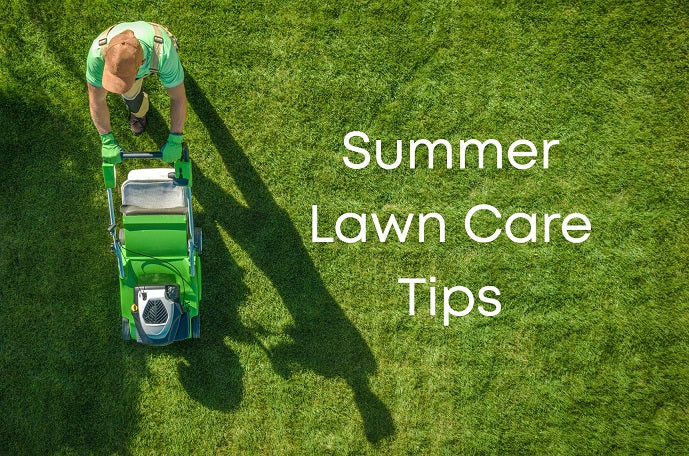
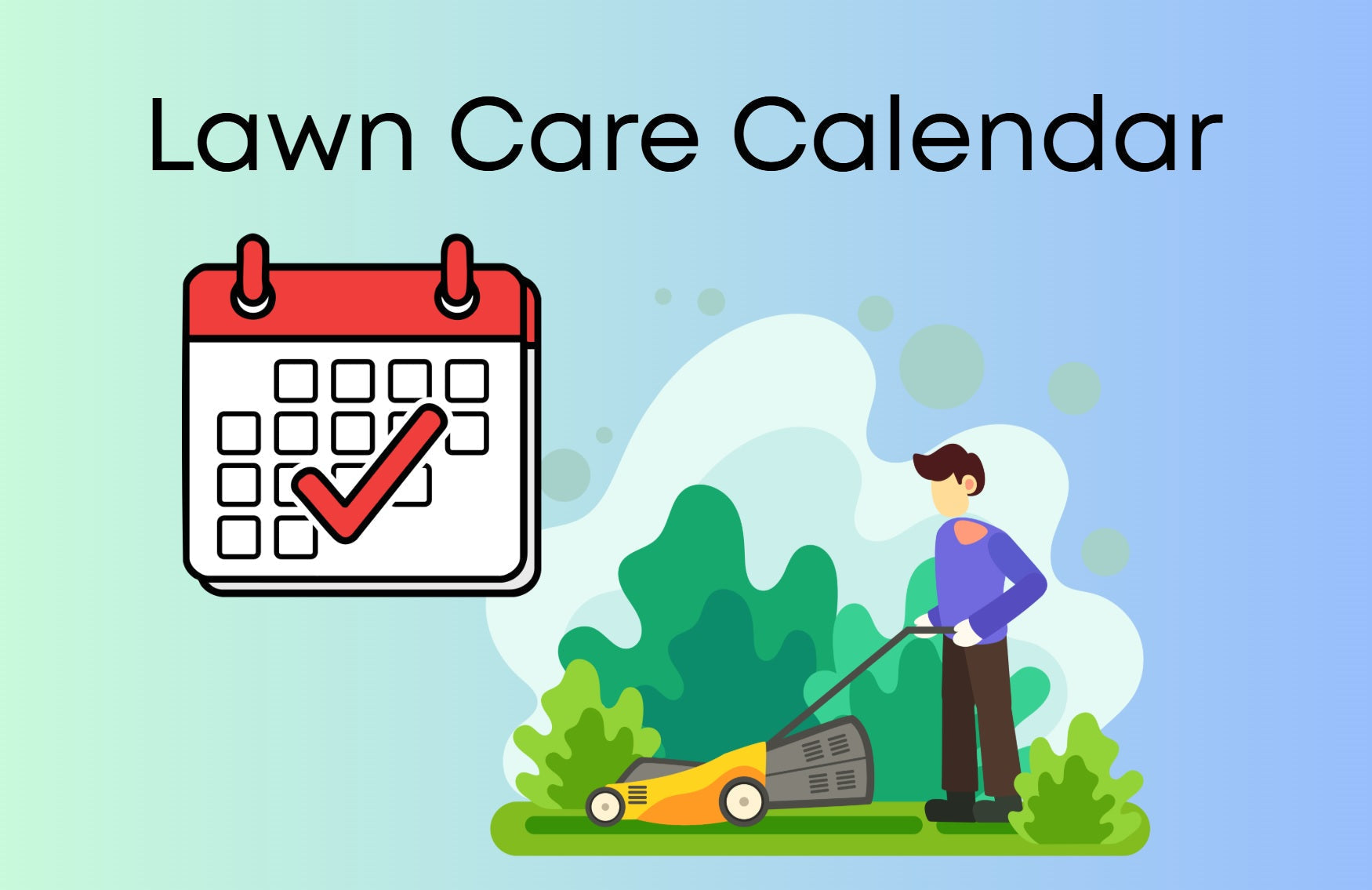
Share: